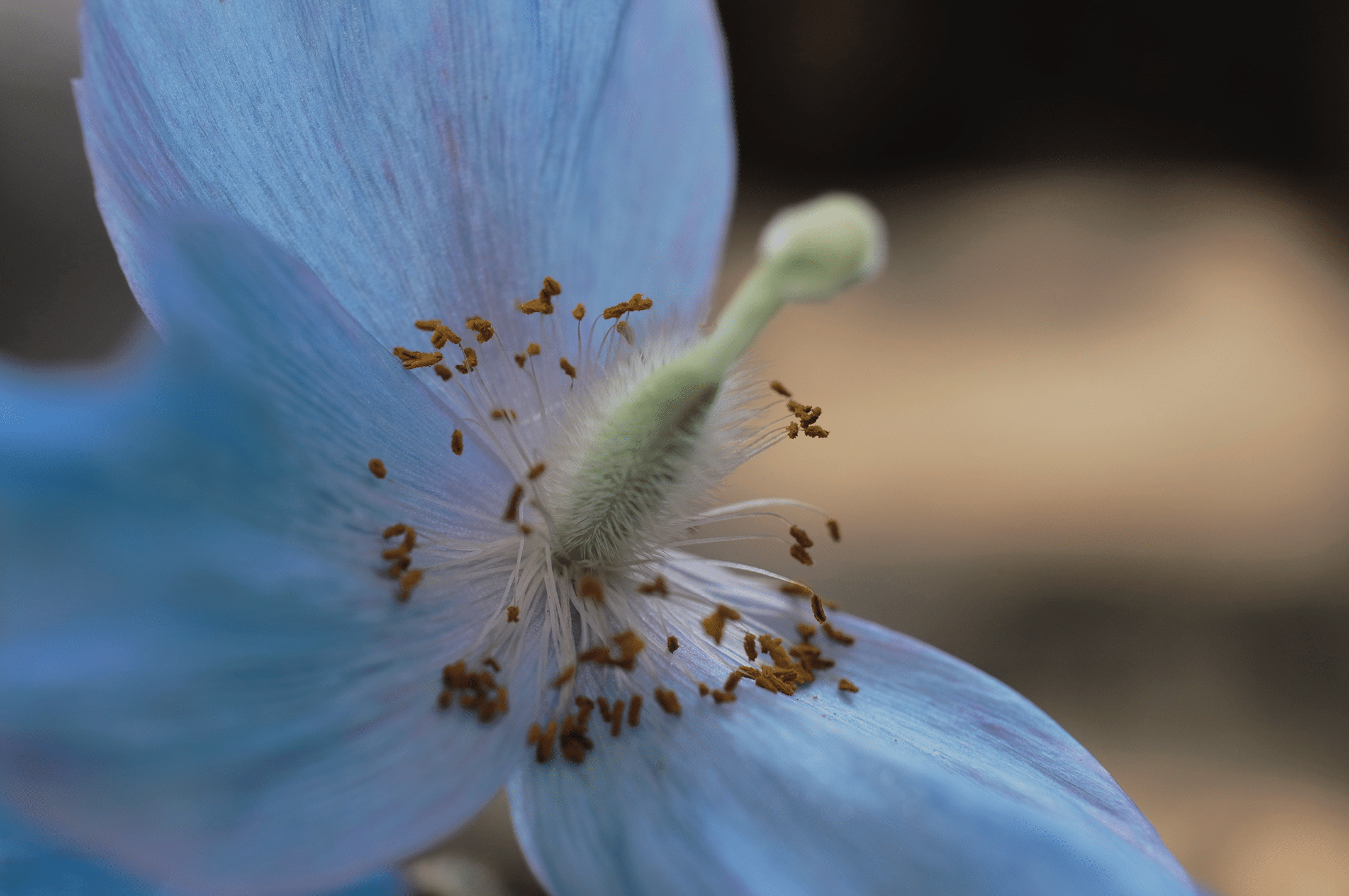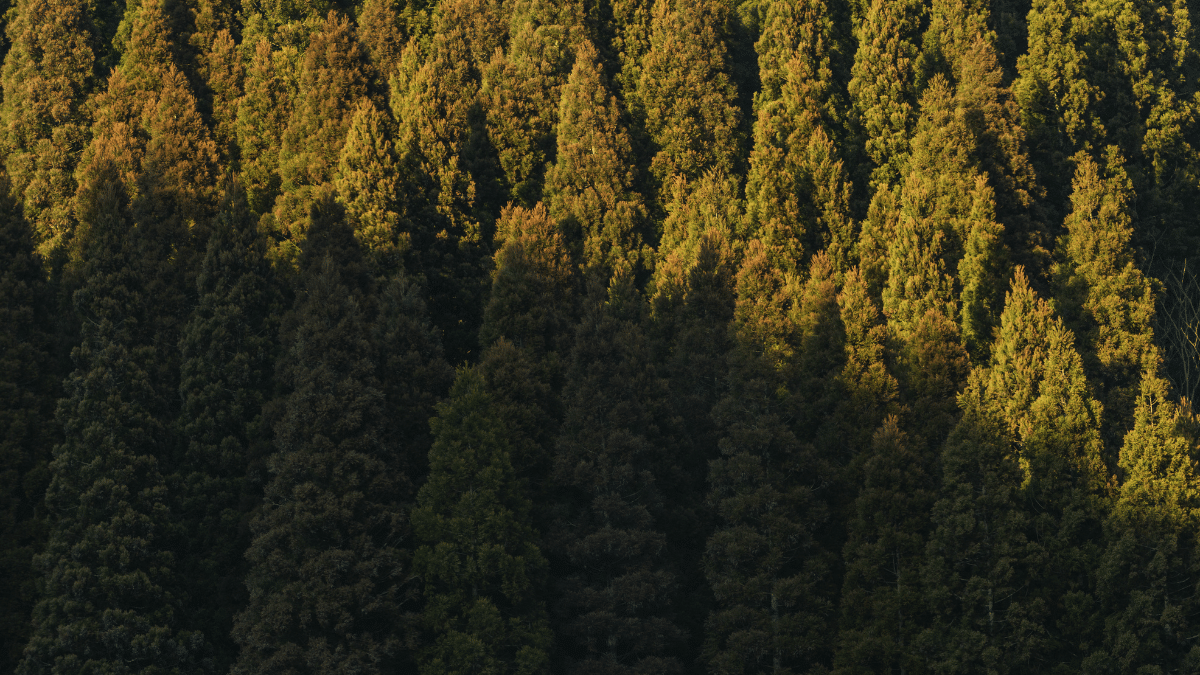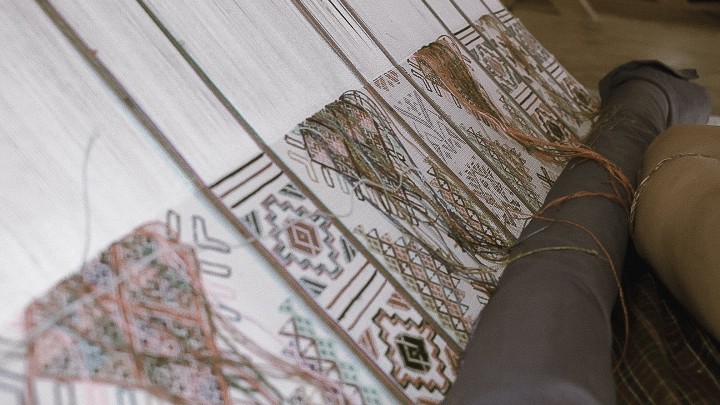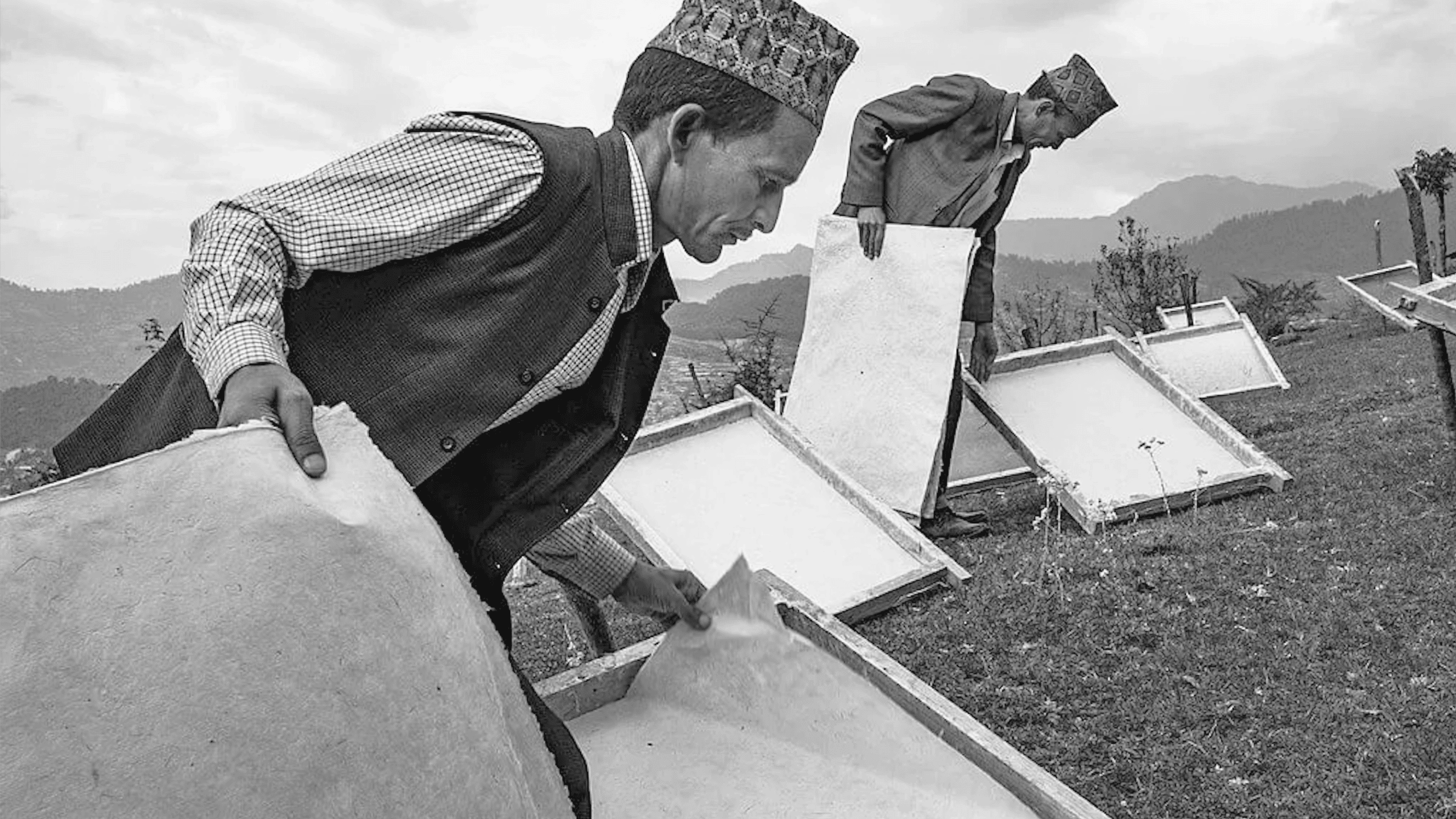We live in the astonishing reality where flowers exist, portraying extraordinary shades of colors from nature. 300,000 and more live to tell the tale of their existence which are encircled around the world under various habitations, and their findings can go on and on. Yet just for today, the spotlight is on one special kind, a flower that lives in the seclusion of the nature that surrounds her, while her existence sits at the edge of the passing world. Simply known as the blue poppy but its color speaks silent poetry.

Native to the Himalayas, Meconopsis betonicifolia, known as the Himalayan blue poppy, is a perennial plant part of the prestigious family of Papaveraceae and is a member of the 70 species of the Meconopsis genus. Disguised like poppy flowers because of their similar physical features, although they are large showy flowers, which are magnificently blue or violet-blue in color and can measure up to 7-10 centimeters in diameter. The petals are papery and delicate, and the flowers themselves are borne on tall, slender stems that can reach up to 1 meter in height. They flourish only in high-altitude regions in cool and moist environments, generally, in the late spring season, and are typically found growing in open meadows, rocky slopes, and along rivers. Its rare disposition makes it a precious jewel for gardeners to grow, leaving them to aspire more as this flower speaks languages of mysteries unheard of, where one can only dream to hear her true stories.
A recent discovery was made in the kingdom of Bhutan as they celebrated their national flower, the blue poppy, which was re-identified to be an entirely new species of the blue poppy family. Hence it was renamed to Meconopsis gakyidiana derived from the national language Dzongkha “gakyid” which means happiness, tributing to the unique concept of GNH (Gross National Happiness). In addition to more happiness, two more species of blue poppies were discovered in the outlining regions of Bhutan.

The whole existence of this species is exciting and wondrous, and it is said to symbolize potential and possibility. However, the continuation of its being stays vulnerable to earthly changes. Nature has its way of making you feel things, the discoveries can go on, but if nature decides its journey, we only get to view it like words in an old book. The rarity of this blue species lay in the edges of our dreams, like the muse of an artist, and one would hope to glance at her someday, but that day must be when one decides to step on their journey to the Himalayas and beyond.
Earth Day – Our Environmental Initiatives
Since 2023, HIMA JOMO has been steadfast in our pledge to plant a tree in the Himalayas for every perfume purchase made, join us in building a lush forest in the heart of the Himalayas with Nepal Evergreen.
The Travelling Jacket
In 2016, five designers from across South Asia came together to create what is now known as the traveling jacket.
The Himalayan Cedar
This majestic tree has captivated the hearts of explorers, poets, and nature enthusiasts for centuries with its enchanting presence, aromatic fragrance, and enduring qualities that make it a symbol of strength and grace.
Earth Day with a Himalayan Kingdom
Earth Day, a cherished moment that comes each year on April twenty-second, is a worldwide communion of hearts, minds, and hands, united in a shared reverence for our planet's splendour.
Khoma, the Sound of Weaving
A collective thumping sound echoes in the village of Khoma with the wake-up call from their local roasters.
Discover Ladakh: The Land of High Passes
India is known globally for its vibrant and bustling megacities but in its northern reaches lie the mountains and valleys of Ladakh, a name that means land of high passes.
The Power of a Thangka Painting
Thangkas are a distinctly Tibetan form of art centred around religious figures and symbols.
Climate Change in the Himalayas
The region is warming rapidly in the face of climate change, complicating life for millions of residents.
Tibetan Incense Making
It is impossible to envision Himalayan homes and temples without the swirling smoke or aromatic scent of incense.











